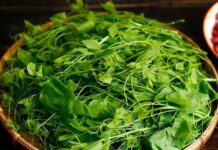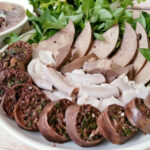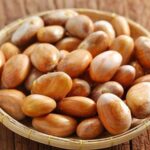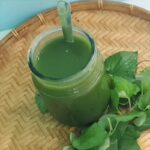This Lunar New Year, if you’re looking for a healthy and pesticide-free vegetable option, look no further than cabbage. Cabbage has consistently ranked low in pesticide residue, according to the Environmental Working Group (EWG). This is due to its natural resistance to pests, which means fewer chemicals are needed during cultivation.
The United States Environmental Protection Agency confirms this, reporting that 86% of cabbage samples showed no detectable pesticide residue. Moreover, only 0.3% of samples contained more than one type of pesticide.
Cabbage produces compounds called glucosinolates, which help ward off harmful insects, making it naturally resistant to pests. So, it’s no wonder that cabbage is a popular choice for a healthy and safe vegetable during the festive season.

Cabbage – A Delicious and Nutritious Vegetable
The Nutritional Powerhouse of Cabbage
Cabbage is not only a safe and healthy choice but also offers a plethora of nutritional benefits. A mere 250g of raw, chopped cabbage contains just 22 calories and provides:
– 54% of your daily recommended vitamin C intake.
– 85% of your daily recommended vitamin K intake.
– Over 2 grams of fiber and 1 gram of protein.
Additionally, cabbage is a good source of potassium, anthocyanin, and glucosinolates, among other essential nutrients.
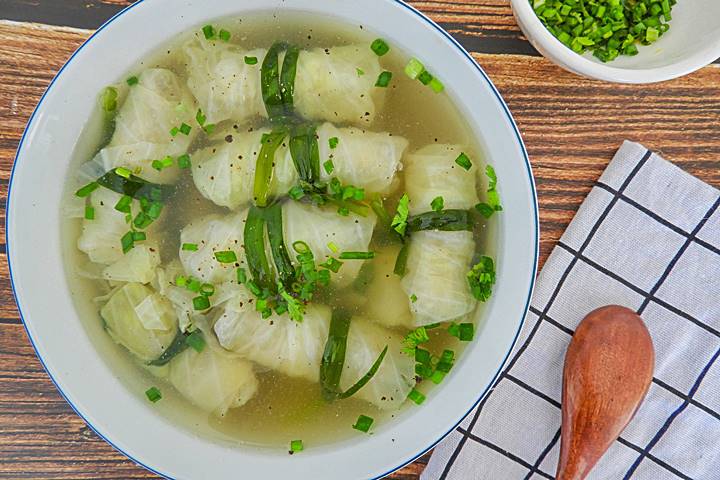
Cabbage – Packed with Essential Nutrients
8 Health Benefits of Cabbage
1. Anti-inflammatory Properties
Cabbage is rich in anthocyanin, a natural antioxidant that helps reduce chronic inflammation. Chronic inflammation is linked to various health issues, including cardiovascular disease, arthritis, and cancer. Studies indicate that individuals who consume more cruciferous vegetables, like cabbage, tend to have significantly lower levels of inflammation.
2. Boosts Immune System
With its high vitamin C content, cabbage aids in collagen production, improves iron absorption, and strengthens your body’s defense against pathogens.
3. Improves Digestion
The insoluble fiber in cabbage ensures regular bowel movements, contributing to a healthy digestive system. Fermented cabbage dishes, such as kimchi or pickled cabbage, also introduce beneficial bacteria into the gut, boosting immune health.
4. Cardiovascular Health
Anthocyanin in cabbage not only reduces inflammation but also lowers the risk of heart disease. Research has identified 36 different types of anthocyanin in cabbage, all of which play a vital role in maintaining cardiovascular health.
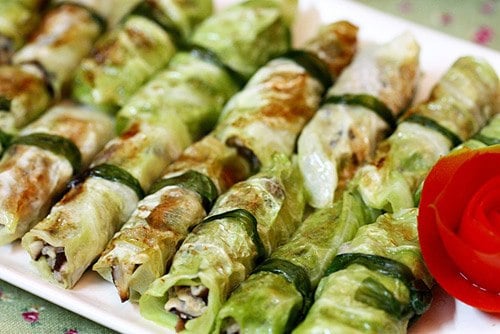
Anthocyanin in Cabbage for Heart Health
5. Helps Lower Blood Pressure
Red cabbage, in particular, is an excellent source of potassium, which helps regulate blood pressure. Potassium counterbalances the effects of sodium, reducing the risk of cardiovascular issues.
6. Reduces Bad Cholesterol
The fiber and phytosterols in cabbage compete with cholesterol during absorption, thereby lowering levels of “bad” LDL cholesterol and promoting heart health.
7. Supports Bone Health and Blood Clotting
Vitamin K in cabbage is crucial for building strong bones and aiding in blood clotting. Just one cup of cabbage provides 85% of your daily recommended vitamin K intake.
8. Cancer Prevention
Glucosinolates in cabbage break down into compounds that have been shown to destroy cancer cells. Initial animal studies suggest that cabbage may help lower the risk of cancer.
Some Precautions when Consuming Cabbage
– Avoid Excessive Raw Consumption: Goitrin, present in raw cabbage, can negatively impact thyroid function if consumed in large quantities.
– Proper Cooking: Light steaming or stir-frying retains most nutrients, especially vitamin C and K.
– Pregnancy: Consult a doctor before consuming kimchi or pickled cabbage due to their high salt content.
– Digestive Issues: Excessive cabbage intake may cause bloating or indigestion for some individuals.
The Miracle of Ginger: 5 Surprising Benefits of Applying it to Your Navel
The belly button, or navel, is often an overlooked part of our body. In Traditional Chinese Medicine, however, the navel is considered a powerful gateway to our health. It is believed that the navel is connected to the Shen Que acupoint, which is linked to 12 meridians and 5 internal organs. So, what are the benefits of rubbing ginger on the navel?
The Ultimate Superfood: Discover the Veggie with 4 Times More Calcium Than Milk and 7 Times More Vitamin C Than Oranges
In Vietnam, there exists a vegetable that is a nutritional powerhouse. This humble vegetable contains four times more calcium than milk, seven times more vitamin C than oranges, four times the amount of iron found in spinach, and four times as much vitamin A as carrots. And the best part? It’s incredibly affordable.
3 Types of Drinks That Are Effective in Lowering Potassium Levels: Inexpensive, Easy-to-Make, and Right from Your Garden
Watercress juice, matcha green tea, and fresh turmeric juice are nature’s formidable trio in the fight against cancerous cells. With powerful antioxidants and health-boosting properties, these beverages are not only easy to make and affordable but also packed with nature’s goodness straight from your garden.





















